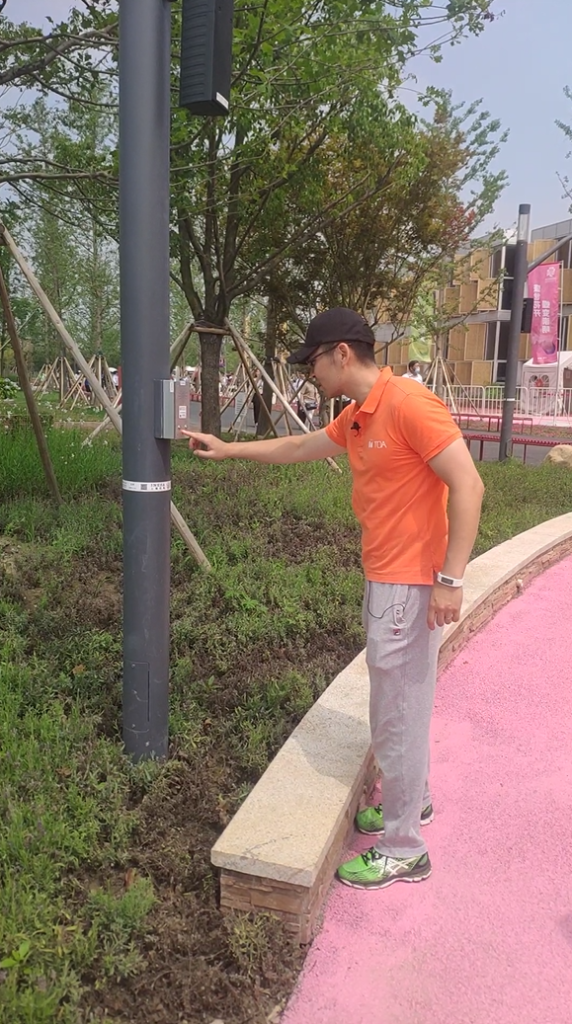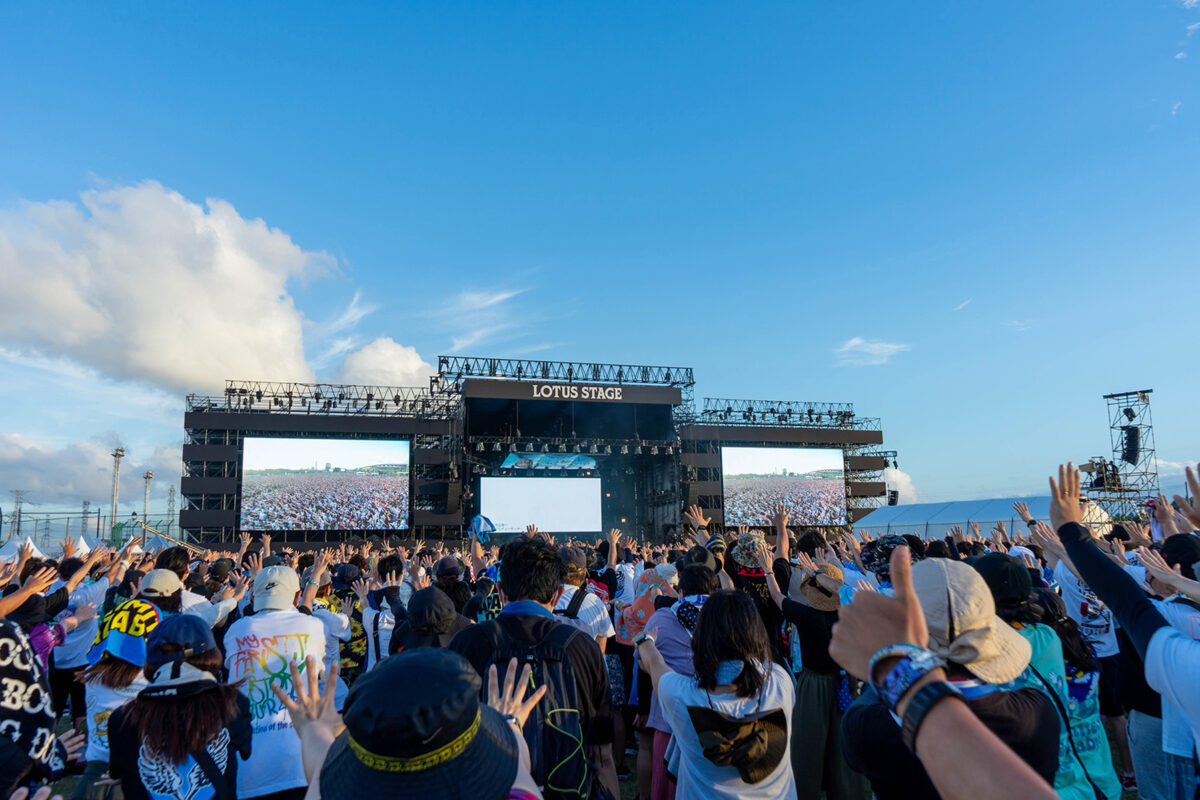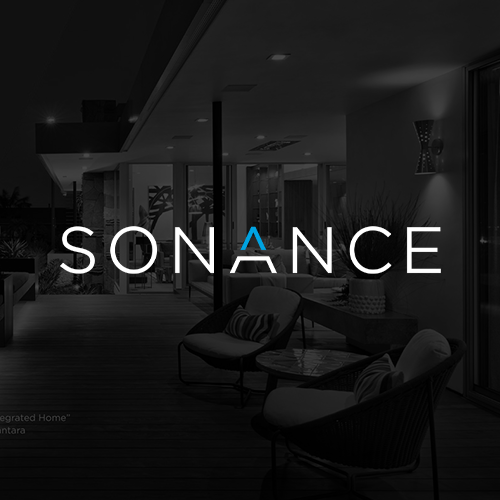Sue Su reports from the China Flower Expo in Shanghai, which has spent several months operating as a Covid field hospital
Founded in 1987, the China Flower Expo is the leading national floral and botanical event in the country. The 10th Flower Expo was held in 2021 in and around Dongping Forest Park in the Chongming District of Shanghai, a 10km2 garden space, before the site was requisitioned as a field hospital for a wave of Covid infection that hit the city in March.
The PA system for such a large area as the Flower Expo Park needed to be highly reliable, as well as providing clarity and accuracy. The Flower Expo committee, together with various government bodies organising the event, chose a TOA system supplied by Shanghai-based TOA China, which also provided full audio technical support. The company designed an all-IP digital network broadcasting system and an IP intercom system covering the indoor and outdoor exhibition areas and service facilities of the entire Flower Expo Park, to broadcast daily announcements and calls for missing people and lost property, as well as emergency services including evacuation and fire alarm.
TOA’s IP-1000 IP network audio management system was chosen for the project, with an IP-1000SM management host handling both broadcasting and intercom functions. The IP-1000SM forms a huge digital network encompassing IP network microphones, IP audio interface units, IP power amplifiers and speakers through switches based on the TCP/IP Ethernet protocol.
“The project required the broadcast loop for all outdoor zones and indoor venues to use an all-digital IP architecture,” explains TOA engineer, Shi Xiao Dong. “The central security control centre has the highest level of access and can control the audio content and volume of each broadcast zone using visualisation software, as well as the amplifiers of each sub-control centre. The project required the outdoor talkback terminals and visual alarm terminals of the IP intercom system to be connected to the IP broadcasting system through the LAN (local area network) in the Expo Park, so that they can be coupled together. This posed huge technical challenges for system control management, as well as for alignment. TOA technical engineers relied on the technical features and software of the TOA IP network system to solve these problems one by one.”
Housing four exhibition halls, the 30,000m2 Fuxing Pavilion was the Flower Expo’s main venue. With a classical Chinese sloping roof and colonnades, it has remained as a permanent building after the Flower Expo finished, and it was this building that was converted into a field hospital with more than 2,700 beds.
The Fuxing Pavilion’s computer room is in the central security control centre; the main computer room of the entire park and the location of the IP-1000SM system host. The room is also equipped with an IP-1000CI to receive alarm signals from the fire centre. If a fire occurs, emergency evacuation voice broadcasts are triggered for individual venues or the entire park. An IP-101RM IP network microphone is used for real-time announcements, with other external sources received via the IP-1000AF IP audio interface unit through the IP network. Signals are then output from the IP-1000AF to 78 A-3248D power amplifiers, 91 PC-1868D-CH ceiling speakers and 185 BS-1006 wall-mounted speakers for voice evacuation broadcast. The IP-101RM IP network microphones and N-XC90VS2 IP intercom terminals forming the intercom system can be connected to work in tandem with the IP broadcasting system.
The 1,200m2 Century Pavilion, resembling a colourful butterfly, and 400m2 Bamboo Pavilion surrounded by bamboo and rattan and shaped like an oval cocoon, also use IP-1000AFs to output audio sources to A-3248D amps and CS-64 waterproof speakers. Three temporary venues, the flower art museum, Huaqi Hall and Baihua museum, were also installed with IP-1000AFs and A-3248D amps, with a total of 100 PC-1868D-CH ceiling speakers and nearly 200 BS1006 wall-mounted speakers between them.

In a large outdoor area outside the Fuxing Pavilion, IP-100XI IP audio input modules receive their audio signals from the system software, sending them to the AX-0240 amps driving TZ-406BWP column speakers and GS-301D-CH outdoor speakers. The intercom terminals include the camera-equipped N-XC85AS2 and N-XC90VS2 models, coupled to the IP broadcasting system.
“The Flower Expo project combines the advantages of TOA’s IP network broadcasting system and IP intercom system,” concludes TOA’s marketing manager, Ding Wei. “The system is not only equipped to handle the daily announcements, but also takes the large area of the park into consideration. Thanks to the advantages of IP network technology, it combines convenience and safety, and provides an elegant background music environment and safety guarantee for people’s leisure and entertainment. It is also a great example of how TOA can be applied to large-scale public facilities, parks and outdoor open spaces in the future.”
When the Fuxing Hall was transformed into a field hospital, background music delivered by the TOA
system in this beautiful natural setting created a relaxed atmosphere for patients, while enabling staff to deliver announcements, daily updates, information and scheduled broadcasts in a way that hadn’t been envisaged when designing a flexible, efficient, multifunctional system for the Flower Expo, underlining the extreme flexibility and usefulness of the system.














